Flat feet, also known as pes planus, is a common foot condition characterized by the lowering or complete disappearance of the arch, leading to an increased area of contact between the foot and the ground. Flat feet not only affect the comfort of daily activities but can also cause pain during walking and running, and even lead to pain in areas such as the knees, hips, and spine. To facilitate early diagnosis and intervention, various detection methods have been developed in the medical field. The 3D foot scanner, as a high-precision detection device, plays a significant role in evaluating flat feet. Below are several common methods for detecting flat feet, along with an analysis of the application of the 3D foot scanner.
Visual Inspection
Visual inspection is the simplest method for detecting flat feet, typically performed by a doctor who observes the patient's standing posture, walking pattern, and the appearance of the feet to make a preliminary judgment. When standing, flat-footed individuals may show a relatively flat arch or the arch may completely contact the ground. Although this method is simple and easy to perform, it depends on the doctor’s experience and may not accurately assess the foot’s detailed condition, often requiring additional detection methods.Wet Paper Test
The wet paper test is a traditional method for detecting flat feet. After wetting their feet, the patient stands on a clean sheet of paper, leaving a wet imprint of their foot. By examining the shape and size of the imprint, it is possible to preliminarily determine the presence of flat feet. If the wet imprint covers the entire foot, it indicates a low or absent arch. This method is simple and easy but has low accuracy and cannot comprehensively reflect structural and functional issues with the foot.Footprint Casting
Footprint casting involves creating an impression of the foot to assess the height of the arch. Typically, soft materials or plaster are used to make an impression of the patient’s foot. By comparing the footprint impression with a normal foot model, the doctor can determine if flat feet are present. This method is more accurate than the wet paper test, but it cannot provide dynamic foot data, thus has certain limitations.Dynamic Gait Analysis
Dynamic gait analysis involves recording the foot's dynamics during walking or running to evaluate the foot's functional state. By measuring dynamic data such as stride, center of gravity shift, and foot contact during motion, the doctor can assess whether the arch's changes are normal. This method provides more detailed information about the foot in action but requires specialized equipment and an appropriate environment, typically used in clinical research or sports medicine.3D Foot Scanner
The 3D foot scanner is a high-precision device that combines modern digital technology and optical imaging technology to accurately capture three-dimensional data of the foot's structure. Through 3D scanning, the scanner can clearly display detailed information such as the foot's structure, arch height, and toe alignment. For detecting flat feet, the 3D scanner provides precise arch height and shape data, helping doctors assess the presence and severity of flat feet.
The advantage of the 3D foot scanner lies in its high precision, non-invasive nature, and quick data acquisition. It generates a 3D model of the foot, allowing doctors to clearly see parameters such as arch height, foot length, and foot width. These data provide reliable evidence for diagnosing and treating flat feet and for customizing insoles, orthotics, and other personalized treatment plans. Additionally, the 3D scanner can evaluate the symmetry between the left and right foot, identifying potential asymmetry, which is crucial for the comprehensive assessment of flat feet.
X-ray Examination
X-ray examination is a traditional method for detecting flat feet. By taking an X-ray of the foot, doctors can clearly observe the arrangement of the foot's bones and structural changes. X-rays help doctors determine whether the arch has abnormally collapsed and whether there are other skeletal issues such as joint misalignment or fractures. Although X-ray examination provides detailed information about the bones of the foot, it has limited utility for assessing soft tissue and carries potential radiation risks with prolonged use, so it is typically used only when other methods fail to provide clear conclusions.Computer-Aided Diagnosis
Computer-aided diagnosis involves specialized software that integrates data from multiple detection methods for comprehensive analysis, assisting doctors in making more accurate diagnoses. This method often combines 3D scanning data, dynamic gait analysis data, and clinical examination results, offering strong support for early diagnosis of flat feet.
There are various methods for detecting flat feet, each with its unique advantages and limitations. The 3D foot scanner, as a high-precision, non-invasive device, offers significant advantages in the detection of flat feet by providing accurate 3D data. Through 3D scanning, doctors can gain a comprehensive understanding of the foot's structure and function, providing scientific evidence for diagnosing and treating flat feet. With continuous technological advancements, future detection methods for flat feet will become more accurate and personalized, helping patients better manage and treat this common foot issue.

 +86-0755-86131192
+86-0755-86131192 2025-01-14
2025-01-14 Back to list
Back to list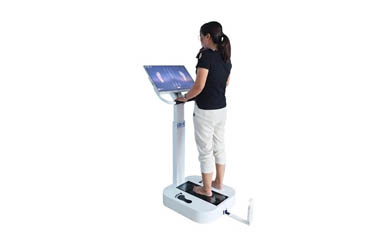
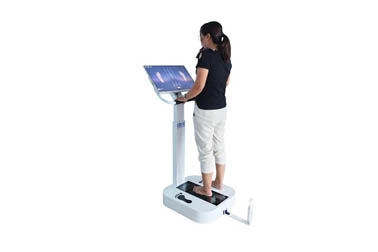
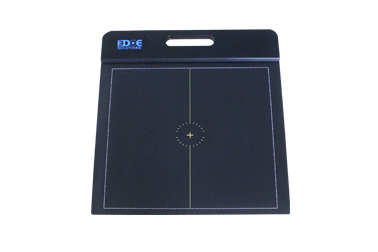
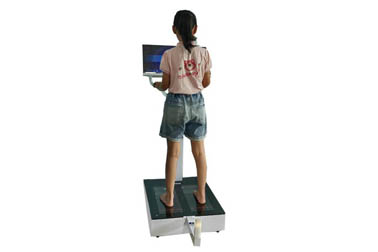
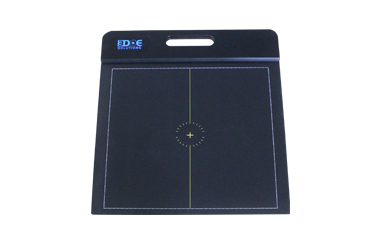
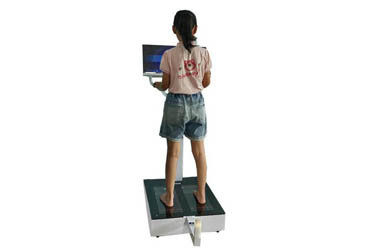



 +86-0755-86131192
+86-0755-86131192